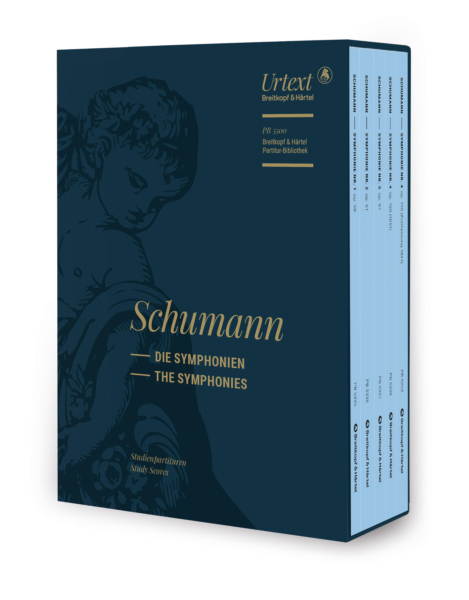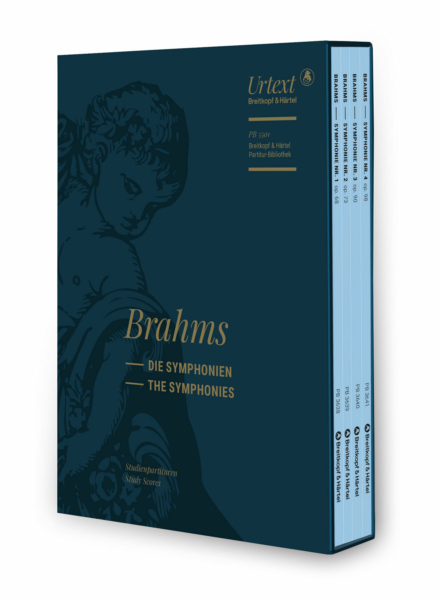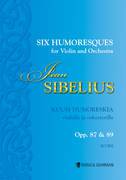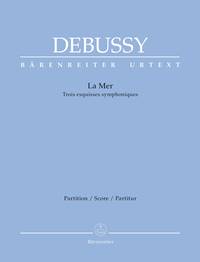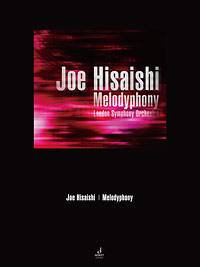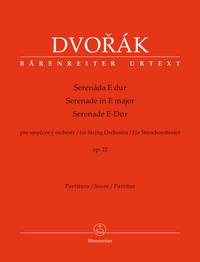Nuotteja ja kirjoja kaupassa 58 200 kappaletta ● Erikoistuotteet tilauksesta
Avoinna ma-pe klo 11-18 (suljettu helatorstaina 29.5.) | puh. 020 7070443 | Musiikkitalo, Mannerheimintie 13a B, 00100 HELSINKI | ostinato@ostinato.fi
Beethoven
Sinfonie 9 d op 125 (Urtext)(score)
Hinta: 101,60
€
Ei varastossa. Toimitusaika 7-14 vrk.
Urtext from the new Beethoven Complete Edition (G. Henle Verlag) edited by Beate Angelika Kraus
Since 2001 the Ninth has been included in UNESCOs Memory of the World Register. Beethoven was preoccupied with his unique work for many years, since at least 1815, and still shortly before his death, according to the highly complex source situation. The work will now finally be available as an edition produced from the new Beethoven Complete Edition in time for the 2020 anniversary year commemorating the composers 250th birthday. Not all doubtful cases can be clarified, not all gaps closed, but numerous aspects have been further illuminated in this edition. New findings and source evaluations taken into account here, appear, for instance, pertaining to the works title, the tradition of the metronome indications, the contrabassoon part, and the underlying vocal text in the finale, as well as in the original rendering of the sforzato and forte markings. The edition is to be considered, according to its editor Beate Angelika Kraus, as a contribution to the understanding of a work in which there is a discrepancy between its significance in musical life and the critical appreciation of its musical text.
Since 2001 the Ninth has been included in UNESCOs Memory of the World Register. Beethoven was preoccupied with his unique work for many years, since at least 1815, and still shortly before his death, according to the highly complex source situation. The work will now finally be available as an edition produced from the new Beethoven Complete Edition in time for the 2020 anniversary year commemorating the composers 250th birthday. Not all doubtful cases can be clarified, not all gaps closed, but numerous aspects have been further illuminated in this edition. New findings and source evaluations taken into account here, appear, for instance, pertaining to the works title, the tradition of the metronome indications, the contrabassoon part, and the underlying vocal text in the finale, as well as in the original rendering of the sforzato and forte markings. The edition is to be considered, according to its editor Beate Angelika Kraus, as a contribution to the understanding of a work in which there is a discrepancy between its significance in musical life and the critical appreciation of its musical text.

